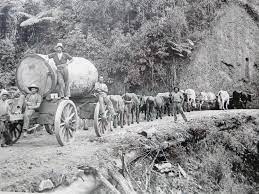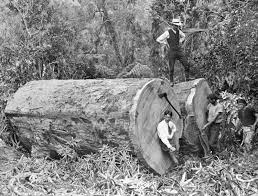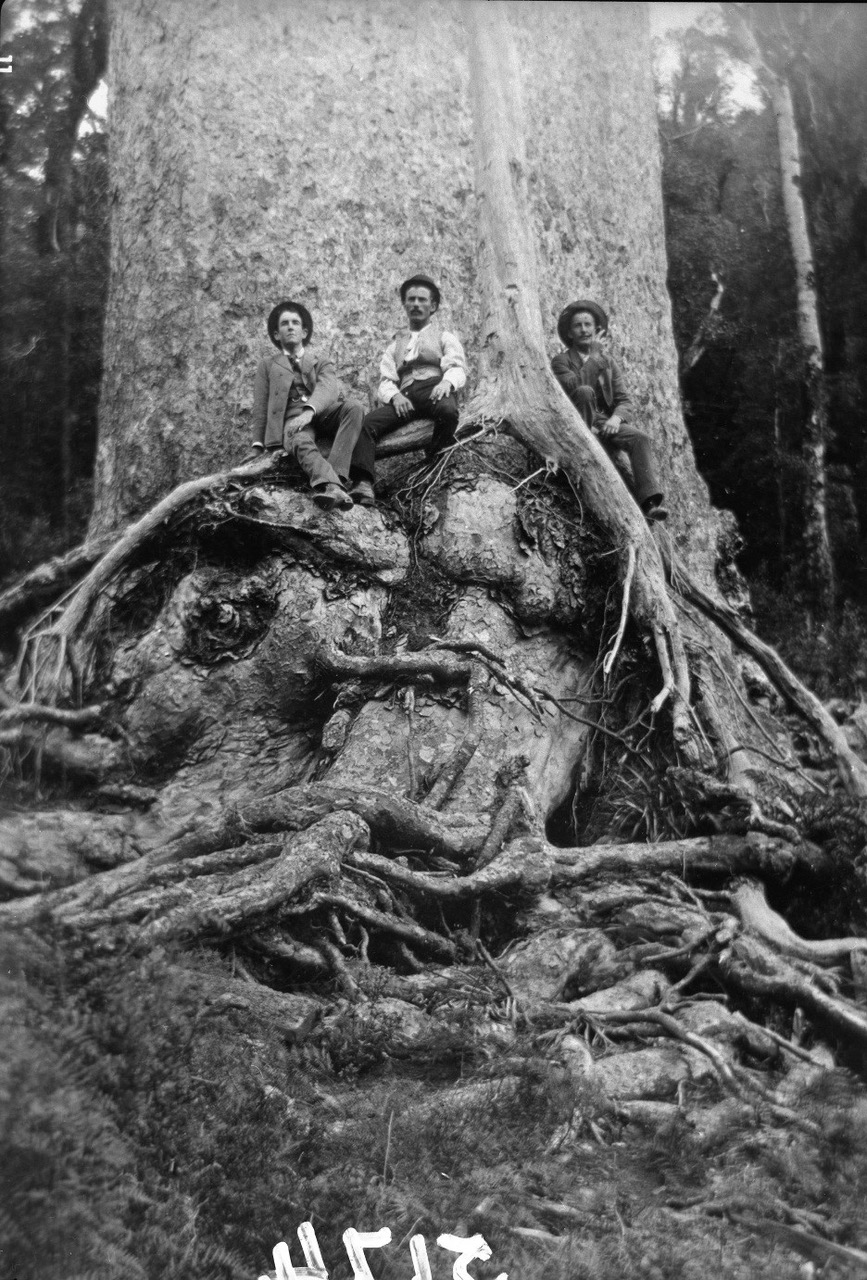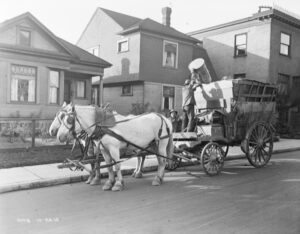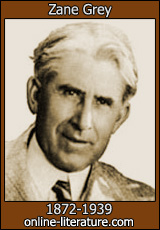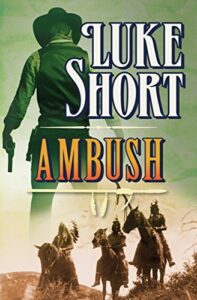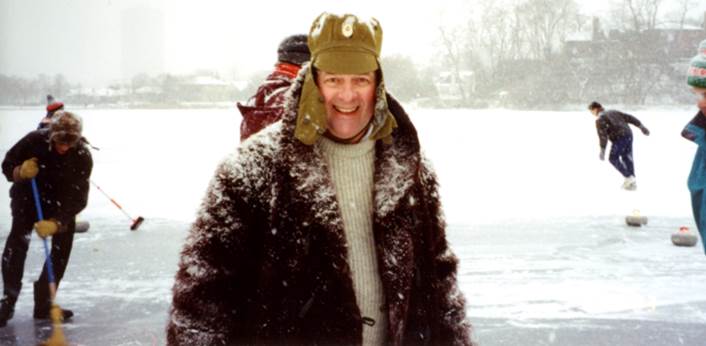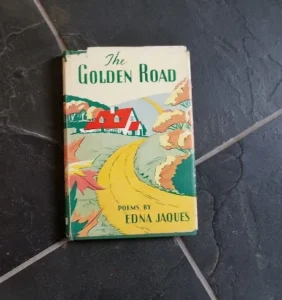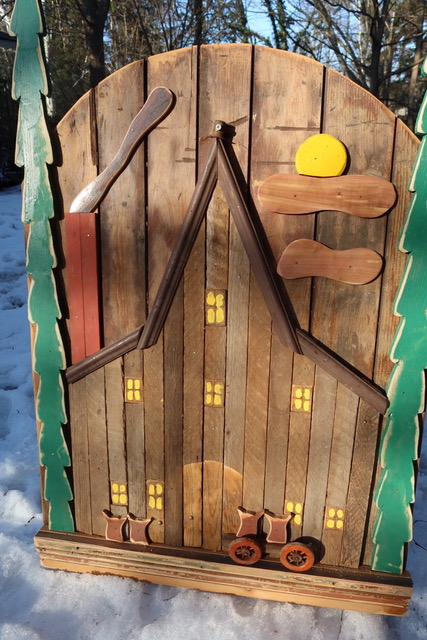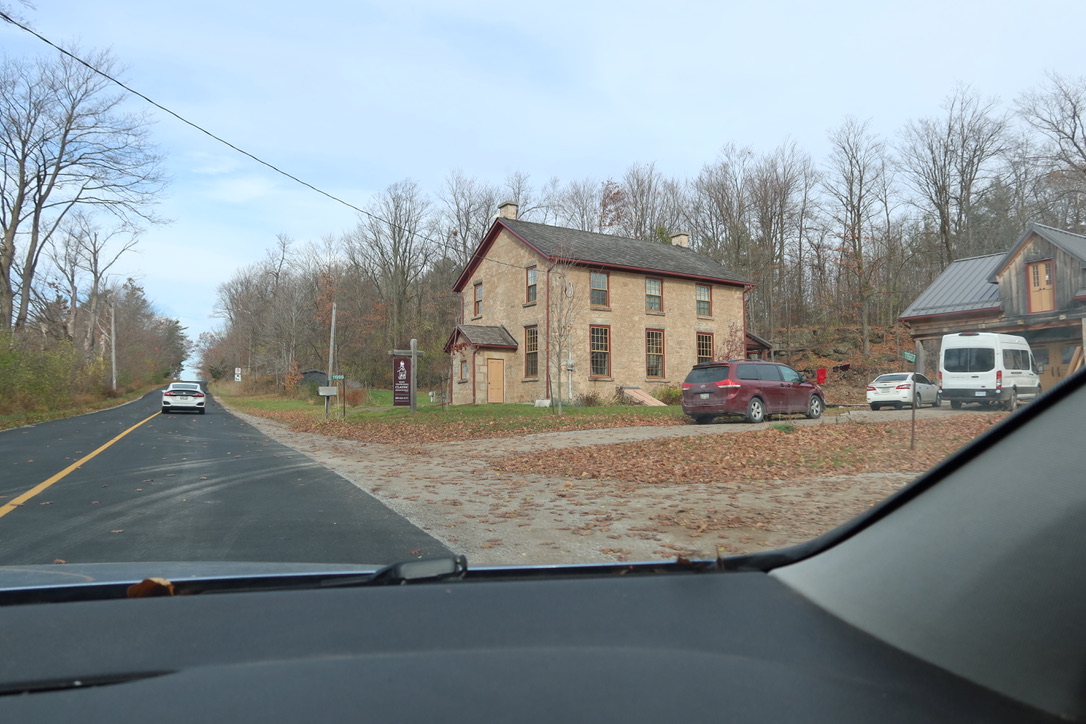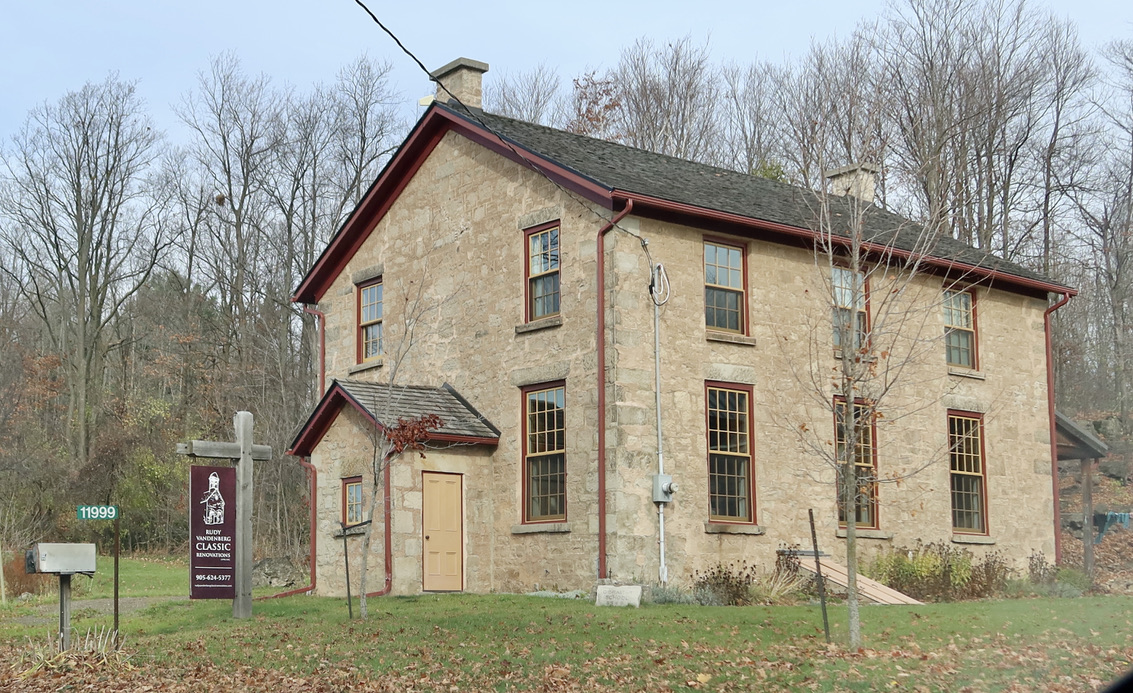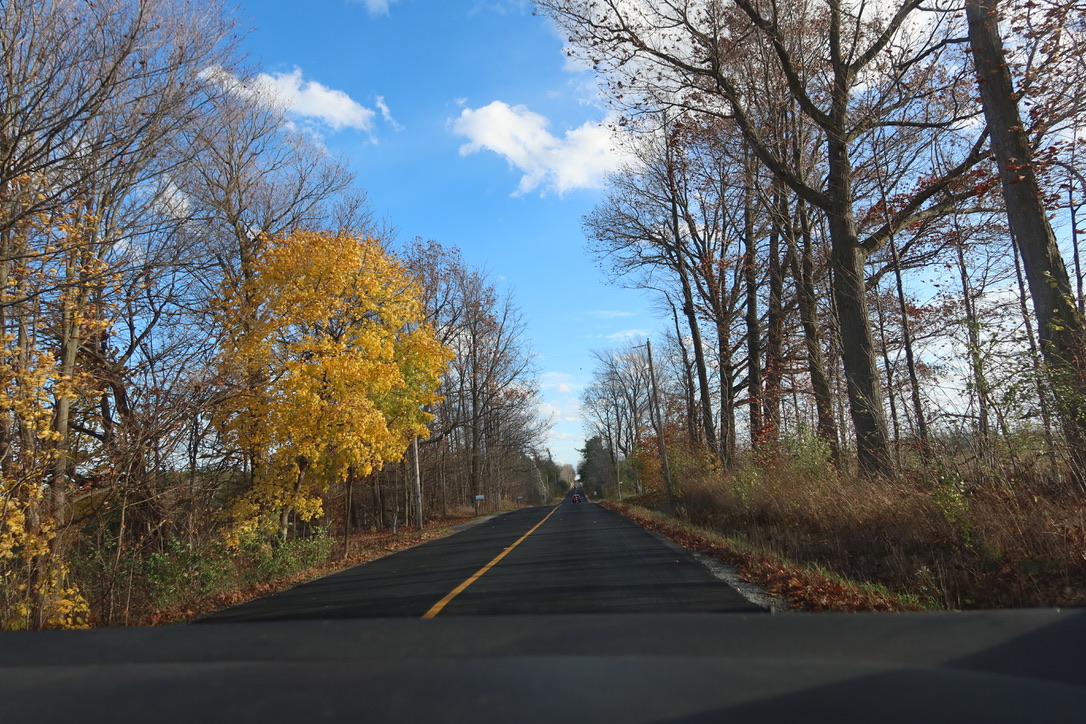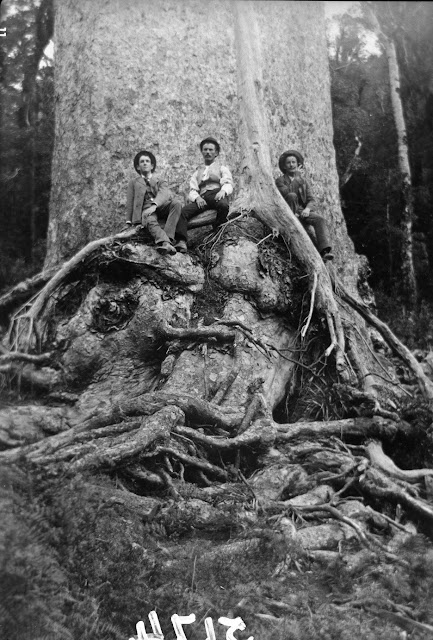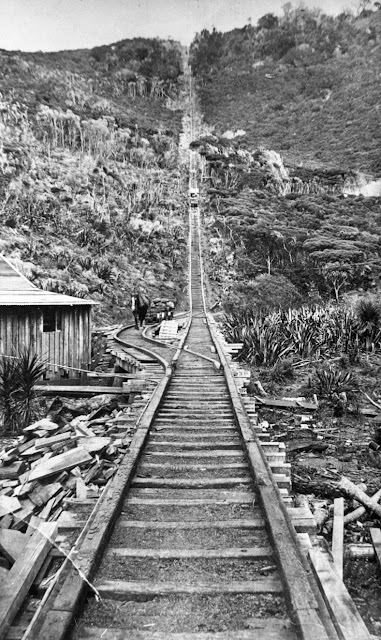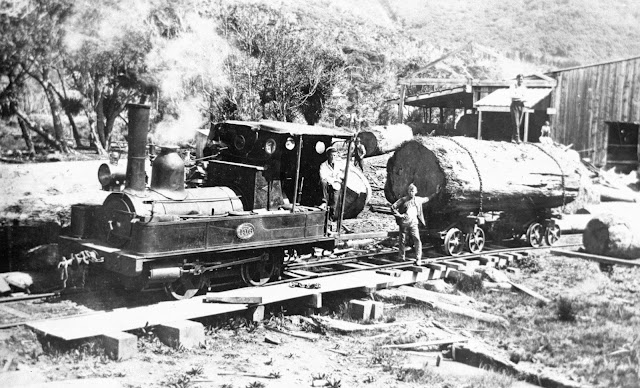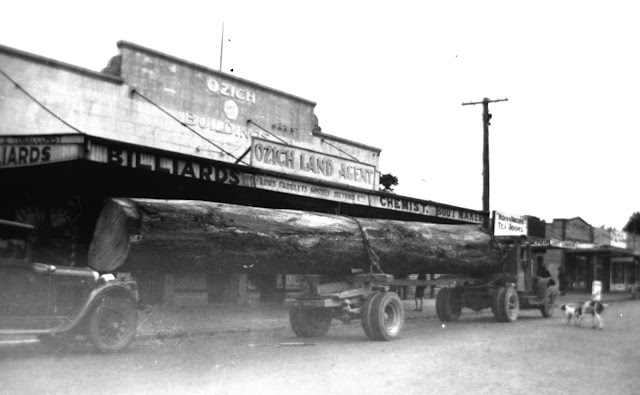EPISODE 779 CURLING WHERE NO ONE WILL EVER CURL AGAIN, GRENADIER POND
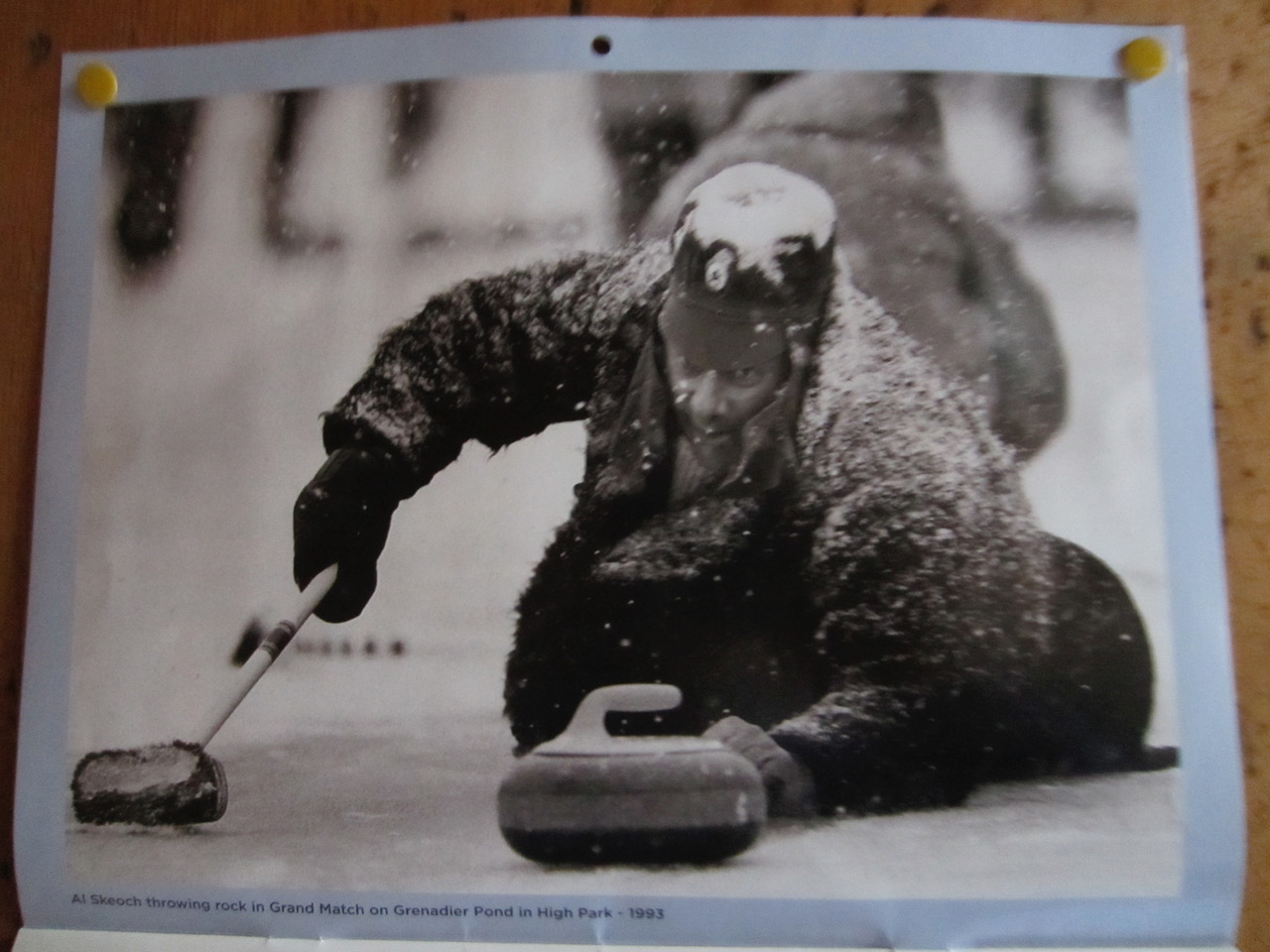
Grand Match, Grenadier Pond, High Park Curling Club Jan 3o, 1993
episode 779 POET, EDNA JACQUES….as told to mr by LOUISA FREEMAN, my grandmother
Fwd: EPISODE 779 LATEST WOOD QUILT interpretation BARN IN ARISDORF SWITZERLAND
Begin forwarded message:
From: ALAN SKEOCH <alan.skeoch@rogers.com>Subject: EPISODE 779 LATEST WOOD QUILT interpretation BARN IN ARISDORF SWITZERLANDDate: March 10, 2023 at 10:54:39 AM ESTTo: john Wardle <jwardle@rogers.com>, Marjorie Skeoch <marjorieskeoch@gmail.com>
EPISODE 779 LATEST WOOD QUILT interpretation BARN IN ARISDORF SWITZERLANDalan skeochmarch 10, 2023
Well all the pieces have fallen into place. Some time has passed since Martin Leuthi and I admired thisold barn in the village of Arisdorf, near Basel, Switzerland.“Martin, I would like to make a wooden quilt patterned after that barn.”“Look closer, Alan,the farmer is discarding his fanning mill…perched on his harvest wagon now.”“Really? Throwing it out?“Looks that way to me, let’s ask.”Yes, it was being tossed. The mill was old, perhaps early 19th century. Odd construction. Long likea snake as opposed to Canadian fanning mills that are compact like a ground hog. We took the millapart and carefully packed the moving parts as cabin luggage for the flight to Toronto. Abandoned thelong sideboards whichI planned to replace but have no done. That was 20 years ago. The plansare still in my shop. Never to be replicated.So this wood quilt is dedicated to the memory that Martin and I share Without his fluency in Swiss Germanit is unlikely anything would have been done. Swiss farmers are not exactly the ‘hail fellow, well met’ kindof people. Understandable. Imagine driving up a farm lane in Ontario to inspect farm trash and thenhave the nerve to ask if you could buy (or have) some ancient machine.So while the snowstorms have been raging outside my workshop this February and March, I havebeen reliving….recreating….a moment in my lifetime the I treasure.THE SWISS BARNOver the past few years I have been gathering wooden pieces…scrap wood…that could be shapedinto a memory. Unsophisticated. I am neither an artist nor an architect. Just a folk art enthusiastlike Maudie ,,,see the Netflix film, MAUD, that will help you understand folk art and either hate it or love it.The only barn I ever made collapsed into kindling wood four weeks after I thought it waswonderful.This Ep[isode has been sent as a testimonial to the good times Martin and I shared while admiringthat Arisdorf barn so long ago. What you see is an impression…not a reality. DIMENSIONS
about 4’ x 2’. Built without commercial purpose. Built because I wanted to build it I am not soliciting
alan skeoch’


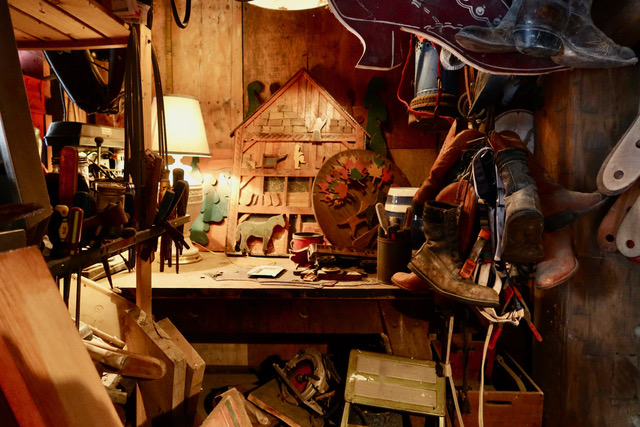

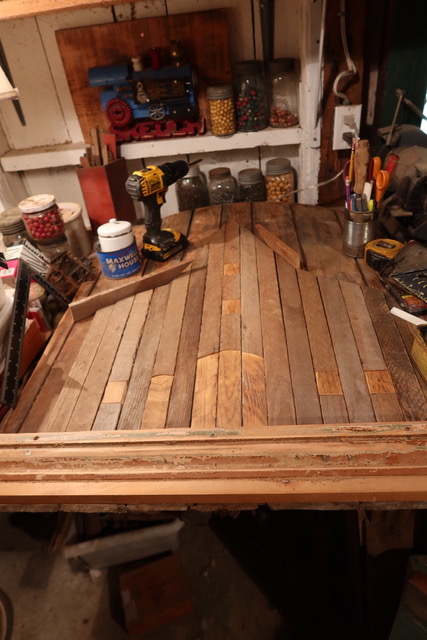

EPISODE 778 COUNTRY ROADS IN WINTER…TOO SOON FORGOTTEN


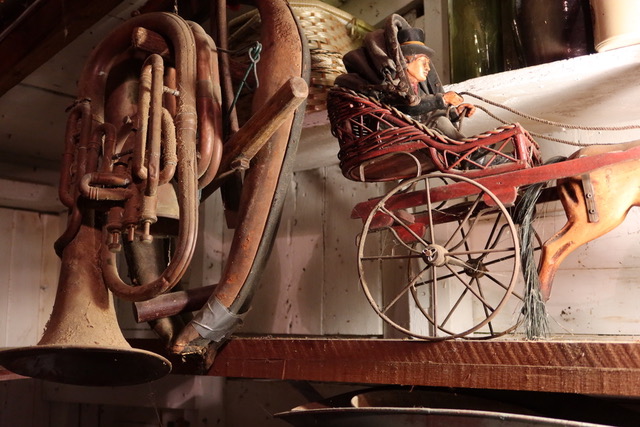
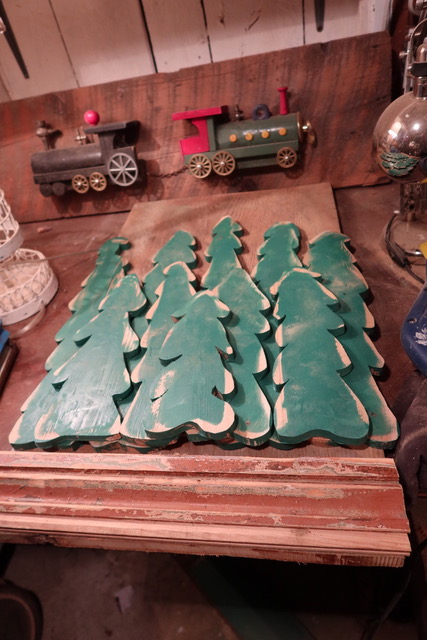
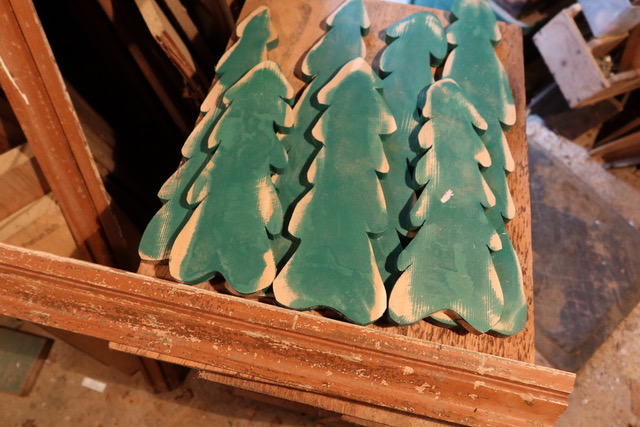






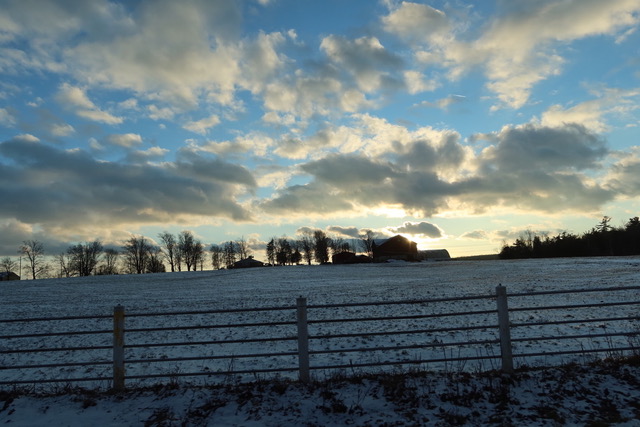

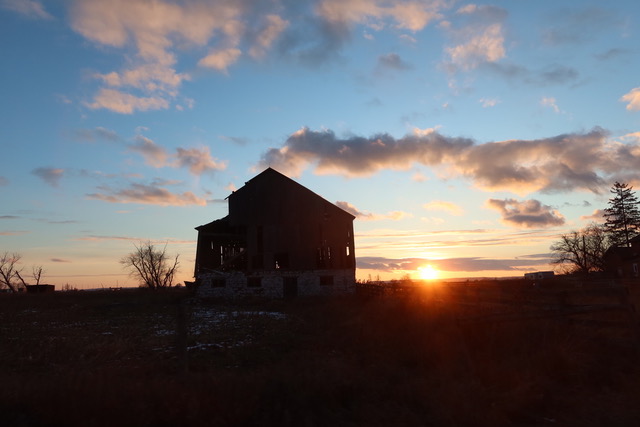



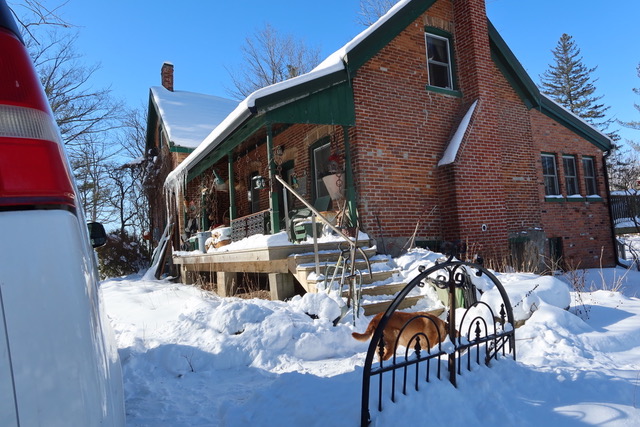
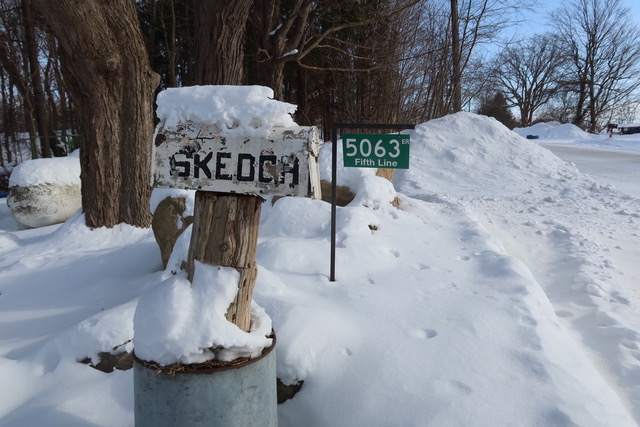
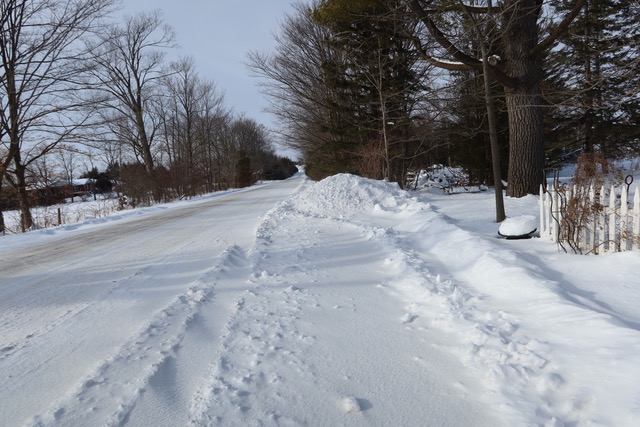
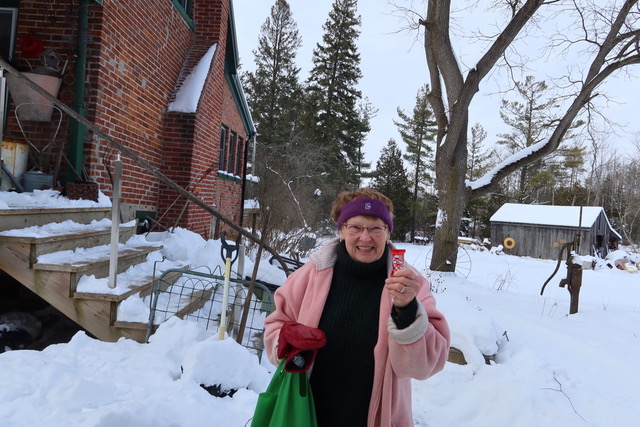

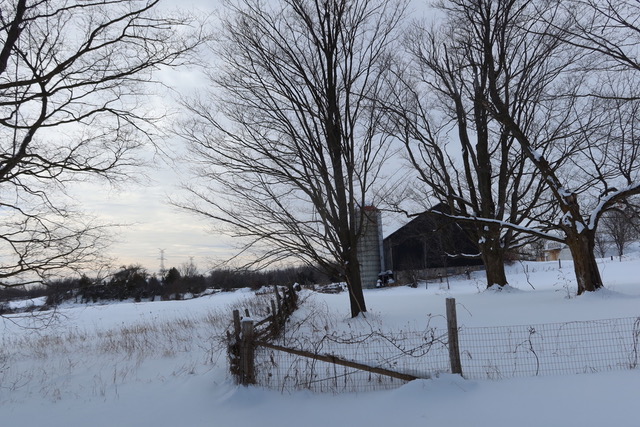


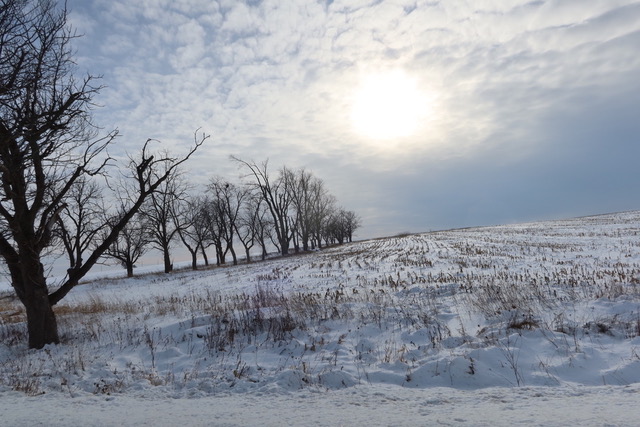
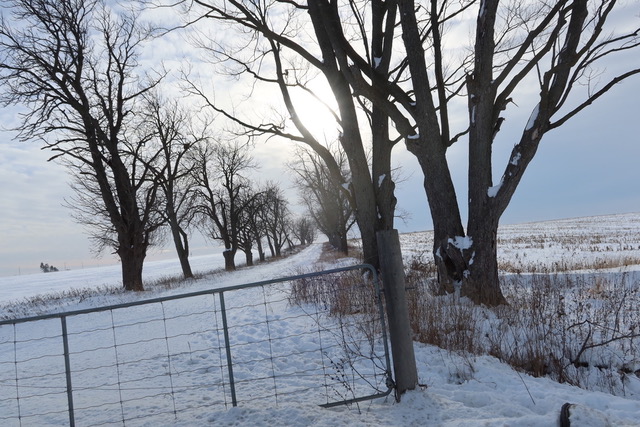
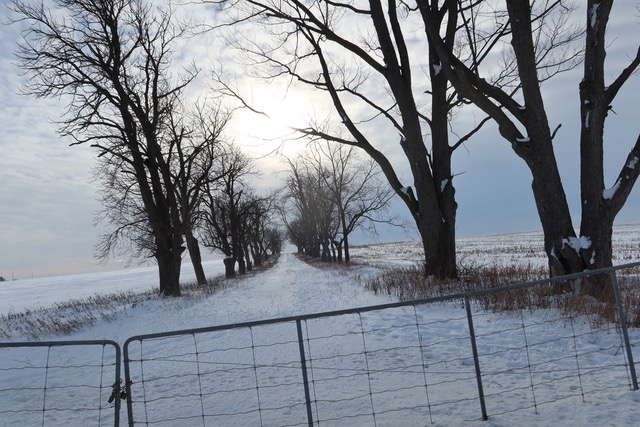
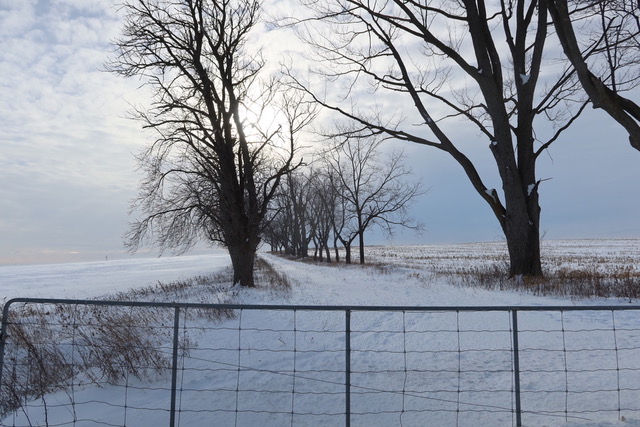
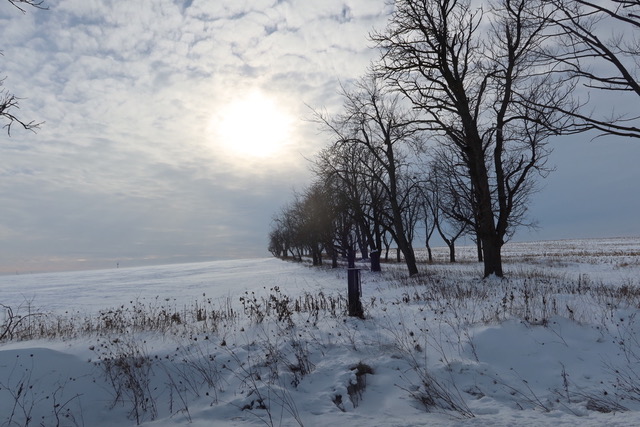
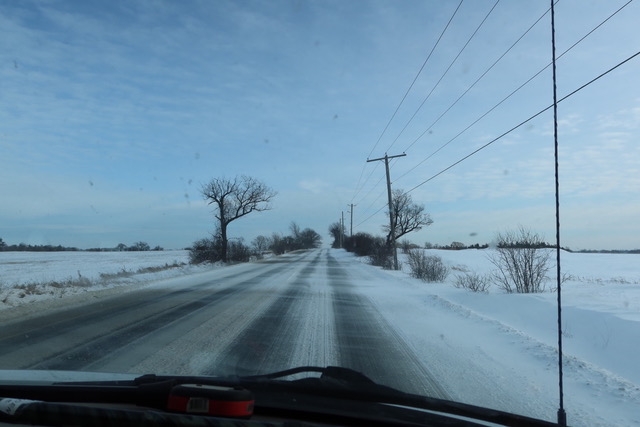



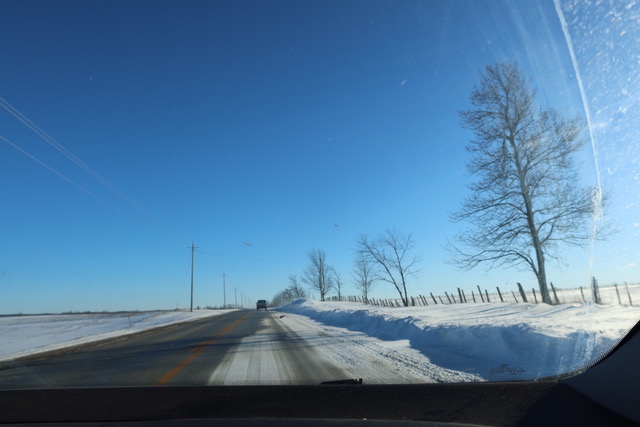



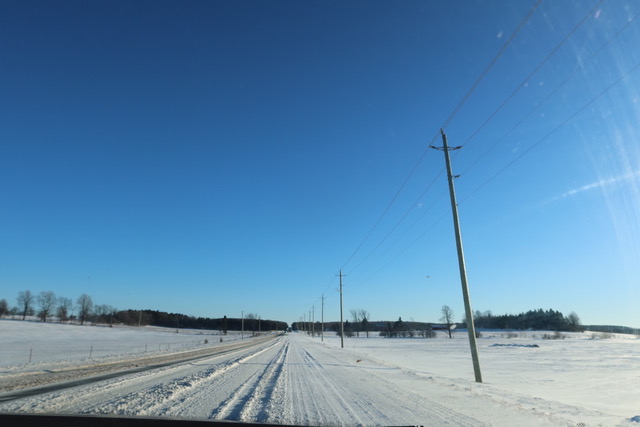
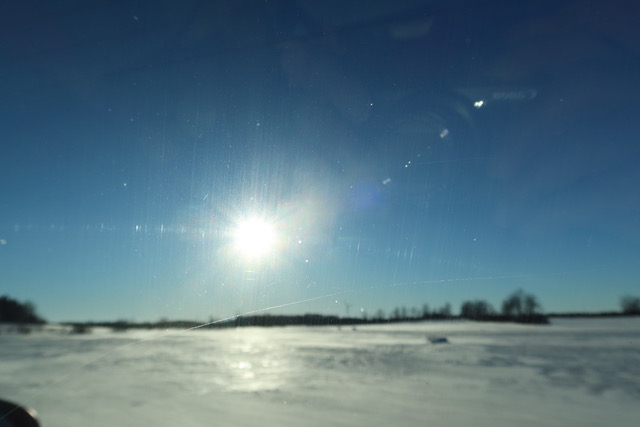


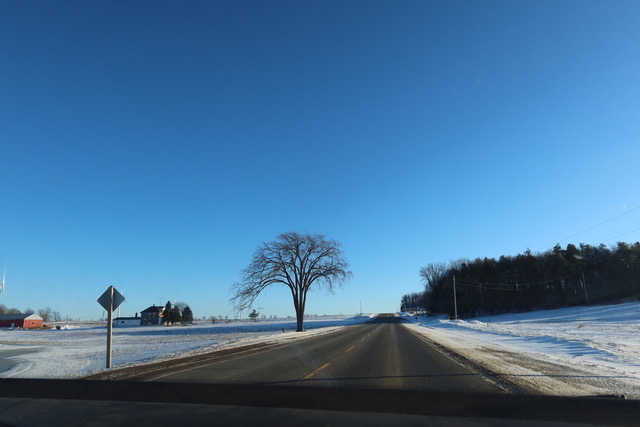


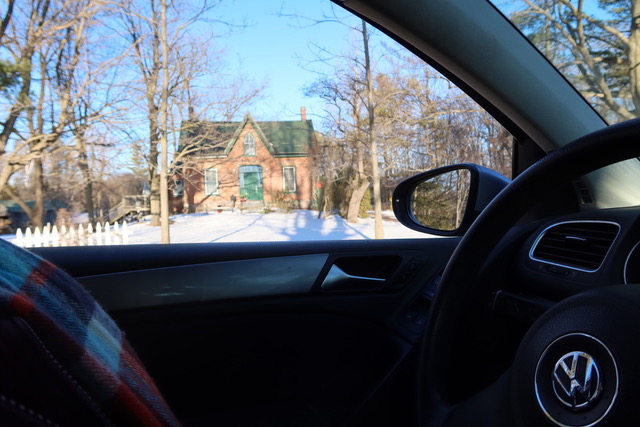


EPISODE 666 GIBRALTAR SCHOOL, FIFTH LINE, ESQUESING TWP, HALTON COUNTY…near Limehousel
Begin forwarded message:
From: Alan Skeoch <alan.skeoch1@gmail.com>Date: March 7, 2023 at 1:09:08 PM EST
EPISODE 777 GIBRALTAR SCHOOL…NEAR VILLAGE OF LIMEHOUSE, FIFTH LINE, ESQUESING TWP. HALTON COUNTYalan skeochmarch 2023Hardly a typical country schoolhouse. Gibraltar School must at one time been surrounded bysmal farms , perhaps a village….enough people to provide for a stone built school …two stories high.Now in 2023 Gibraltar School has been totally renovated as a private home but the renoVationsdid not change the appearance of the old school house. Behind the school is the Niagara Escarpment.MY NOMINATION: PRETTIEST 19TH CENTURY ONTARIO SCHOOLHOUSE
This is the road where the school sits….empty … some farms ,,,straight ahed is the quaint village of Limehouse
where the new school exists and thrives.

1948 Class, Miss Jean Ruddell )teacher)


EPISODE 757 MAMMOTH TUSK FOUND IN DUBLIN GULCH AFTER OVERBURDEN WASHED AWAY 1961 (and story of my mammoth molar tooth )
EPISODE 757 MAMMOTH TUSK FOUND IN DUBLIN GULCH AFTER OVERBURDEN WASHED AWAY 1961
alan skeoch march 2023
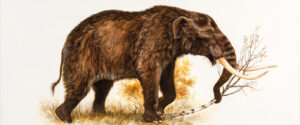
I just found this photo among pictures taken in 1961 in Dublin Gulch , Yukon territory. This is the claim being hydraulically washed to bed rock by Jack Acheson and his crew. The tusk of a mammoth is clearly visible even to the point of the indentation in the mud where it has rested for 10,000 years or so.
Jack hired me to do a small seismic survey over his claim just to see how much mud and gravel he would have to wash away to get to the gold lodged in folds in the bedrock. Ugly looking overburden as you can see. Likely sediment from an ancient river that washed the dead mammoth in pieces to where Jack found the tusk.
I am not sure if it is legal to keep these tusks. See what you can find about that question.

Jack had a number of these tusks leaning against his Yukon cabin. The bones and tusks and teeth when found were all in a jumble…no intact skeleton. Likely the mammoth died some distant away and had been carried to this resting place in the slurry of mud.
I never asked Jack what he did with these pieces but think he invited a museum scientist to come to his claim every year. Ownership of the find? I don’t know what the law said.
But I do know that Jack gave me this Mammoth tooth which was a great teaching prop until it was stolen by a student or teacher or visitor to Room 218 at Parkdale C. I. and now rests in some recreation room in Toronto. I only owned the tooth for one season.
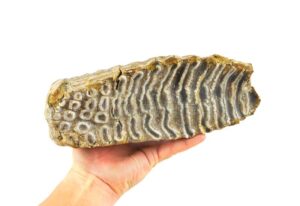
So what is the difference between mammoth nd mastodon teeth. The animal looked the same. Right? Big difference. Mastodon teeth much like our teeth…chunky. Mammoth teeth were flaky looking…like a loaf of sliced bread. So the difference is obvious. Mammoths lived in a more hostile environment than mastodons. Like the Yukon 10,000 or 12,000 years ago.
When a mammoth wore down his or her two sets of teeth, it starved to death. I think we would starve to death as well with no teeth. Using this mammoth tooth as an implant…dental implant…seems unlikely but I will ask Dr. Lynas, my dentist. If possible I would need a bigger head.
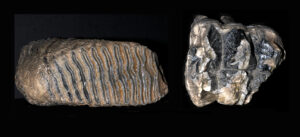
alan skeoch March 5, 2023
EPISODE 756 FOREST IN A SNOWSTORM…LATEST WOOD QUILT (SENT AS TEST)

EPISODE 755 THE KAURI FORESTS OF NEW ZEALAND…ALMOST ALL GONE NOW….1,000 YEAR OLD TREES.


